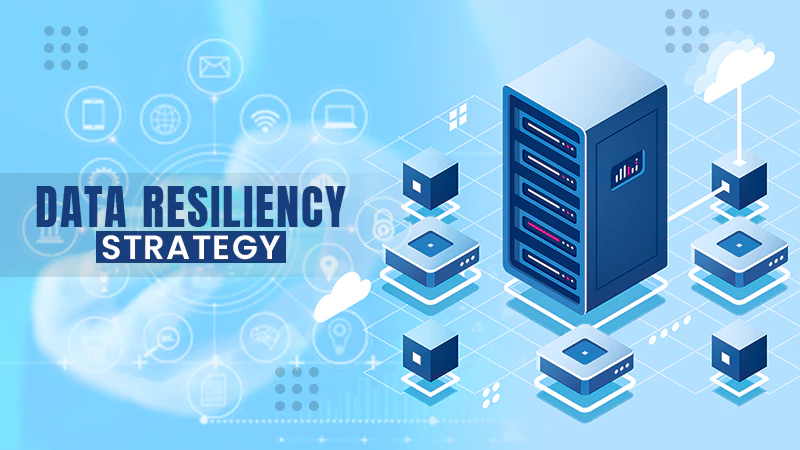Some people have called “DApps,” which stands for “decentralized apps,” “the next big thing on the Web3.” But how can apps without a central server help solve big problems? What makes them decide what to do? How might users benefit from decentralized applications (DApps) in the future?
Why do We Need DApps?
On Web 2, we’re used to using apps stored in the “cloud.” Because of this, many of us are used to the problems that come with centralized applications, such as:
Massive data leaks: If your information is stored in the cloud, it could be with the knowledge of millions of other customers. The bigger a data set is, the more valuable a data breach is. On the other hand, the more valuable something is, the more likely hackers will try to break into it. No matter how good a company’s data protection tools and procedures are, the security of centralized data sets will always be broken. It’s not a question of if there will be a breach but of when. This is a well-known phrase in the field of data security. If you want to know more about trading, then you can read here.
Getting into the private lives of others: Your employees, contractors, suppliers, and partners will be able to access and look at your sensitive data through cloud-based applications. This will help improve business metrics like sales, customer satisfaction, and more. If your information gets into the wrong hands, it could hurt your privacy.
Changes to the laws and rules Rules for centralized apps can be changed at any time by anyone. Some programs that were free before now cost money. If you use a paid app, the service could get worse, the price could go up, or both could happen. Customers who use the programs in question usually don’t want these changes and find them annoying.
Service breaks that last only a short time Service problems are more likely to happen when apps are centralized than when apps are not centralized. Bad people could be to blame for some of these problems. On the other hand, lousy code deployments are often to blame.
If all of your apps are in the same place, you could lose data. Getting rid of the company, app, or service: If the company that runs a centralized app or service goes out of business, the service or the parent company could shut it down.
How can Apps That Need to be Centralized Solve These Problems?
Because DApps don’t have a single point of control, the problems above might be solved.
Many types of software say they are decentralized applications (DApps), but they are not. So, what exactly is a decentralized app?
DApps shouldn’t be able to track or report how they’re being used after they’ve been bought and downloaded. The program’s owner should be the only one who can change or update it. It should be impossible for the program to update itself on its own. The terms and conditions of a DApp also should be kept the same. Every DApp you get should be yours.
If you join the community, you can change how things work in the future. The Cointelegraph Innovation Circle is a way for big names in the blockchain industry to get together, work together, and publish. As soon as possible, use.
Most people take pictures with their phones these days, so their cloud storage backups often need more room. And many people worry that their cloud storage accounts will be broken into. A cheaper and less public alternative to centralized photo storage could be decentralized photo storage. People would save their photos on their Web3 device, called the “cloud.” Then, their Web3 device would send safe, private copies of these photos to other people’s Web3 devices. Using these remote, decentralized backups can keep your data from being lost, which could be better.
Spread email servers all over the place. Most people who use the internet check their email with a web-based app. But a lot of people need more room to store their emails, so they have to delete old ones and risk losing messages that could be important. If you used a decentralized email server, you could be sure that your emails would be saved (unless you chose to delete them).
Conclusion
During the Web2 era, people went to central servers, where their personal information was often mined, sold, or used in other ways. For Web3, users can put DApps on their own devices. Any data created by the decentralized application (DApp) would still belong to the customer, even if it were stored on their own device. If this happened, customers would have a lot more say over their privacy and personal information.








